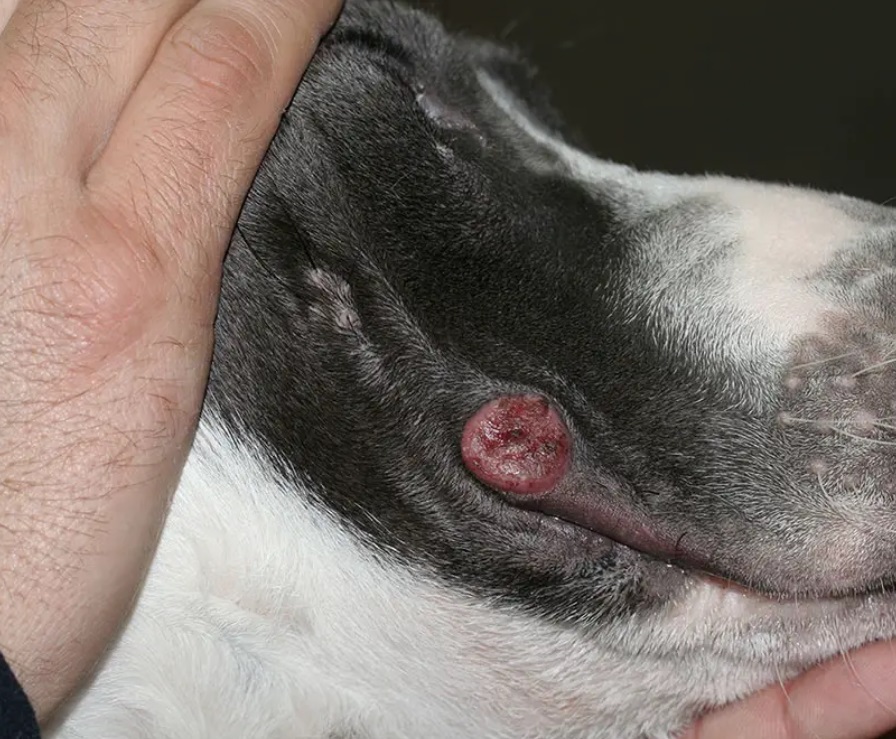BENIGN HISTIOCYTOMA IN DOGS
Description
A benign histiocytoma in dogs is a type of skin tumor that commonly occurs in young dogs, although it can occur in dogs of any age.
Symptoms
Although histiocytomas can occur anywhere on the body, they are most common on the head, ears, and extremities. Histiocytomas are usually small, round, and raised, looking like a firm, red bump on the skin. Histiocytomas tend to grow rapidly for the first few weeks and then may shrink or even disappear on their own in a variable period of time, which can range from several weeks to 1 to 3 months, without the need for treatment. However, in some cases, they can persist or grow rapidly, which may require veterinary intervention.
When to consult
Remember that only a vet can provide specific diagnosis and advice for your dog. If you suspect your dog has a histiocytoma or other health problem, I recommend that you see a vet as soon as possible.
Causes
It originates in cells of the immune system called histiocytes, specifically in cells called "Langerhans cells".
complications
They generally do not cause significant itching or discomfort to the dog, unless they are located in areas where they can interfere with movement or vision. Sometimes they may have a sore in the center.
Diagnosis
If your dog has a histiocytoma, it's important to take him to the vet for a proper diagnosis. Diagnosis of a histiocytoma is usually made by cytology or biopsy, where a sample of the tissue is taken for examination under a microscope. This makes it possible to rule out other more serious conditions and confirm the diagnosis.
Treatment
If the tumor doesn't go away on its own or is causing problems, your vet may recommend treatment options, such as surgical removal or cauterization of the tumor. The surgery is usually performed under general anesthesia and has a favorable prognosis.

